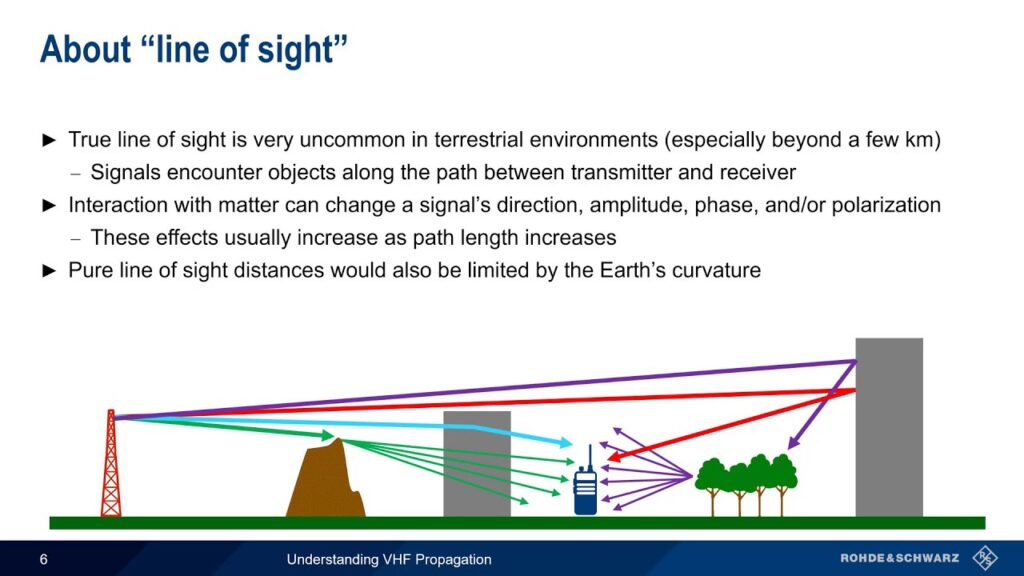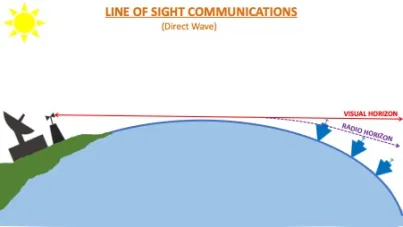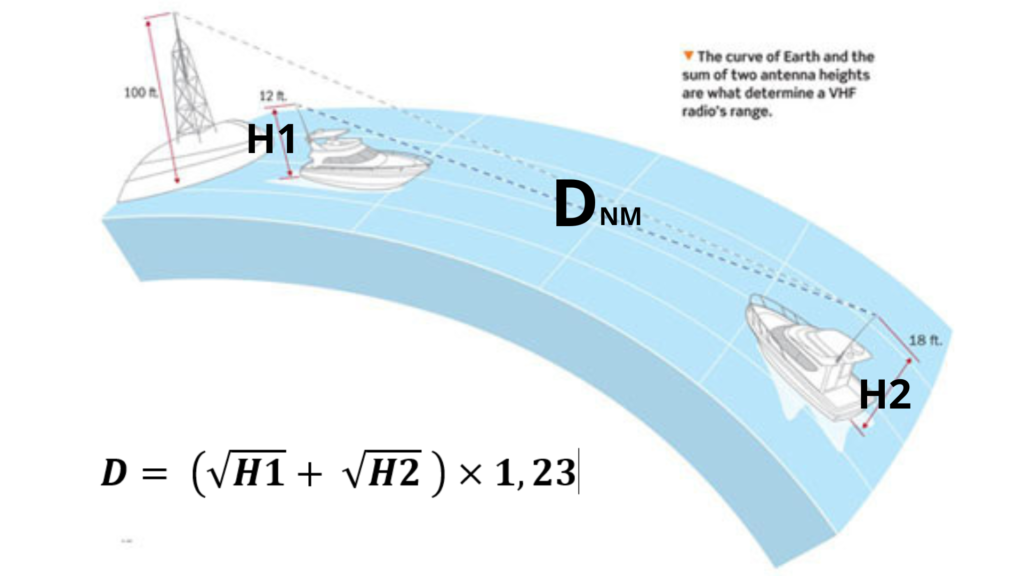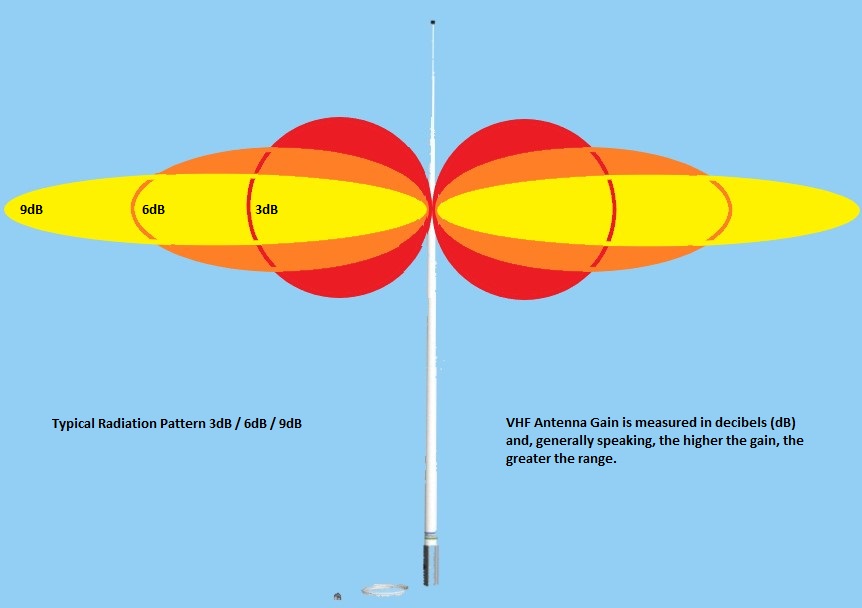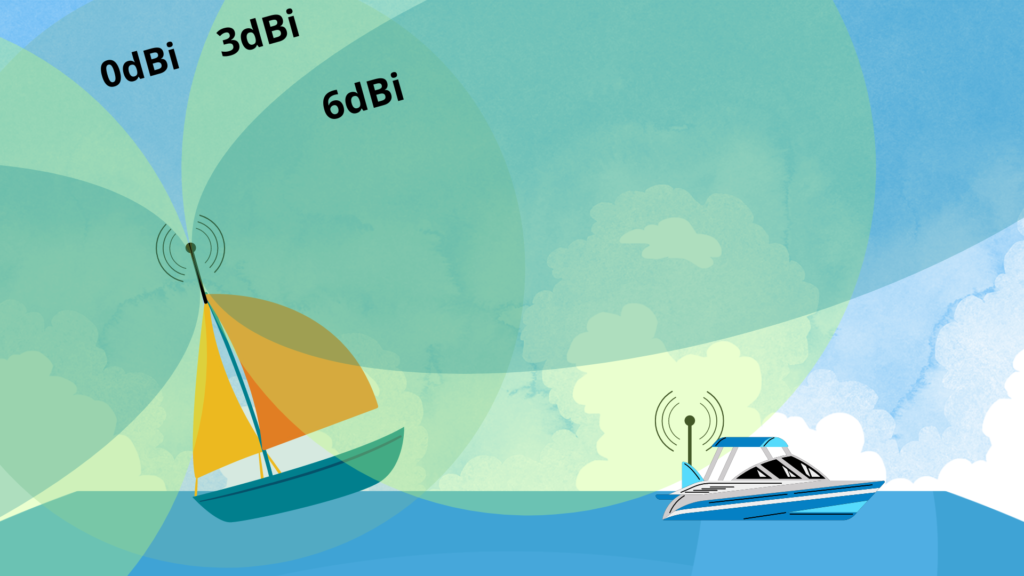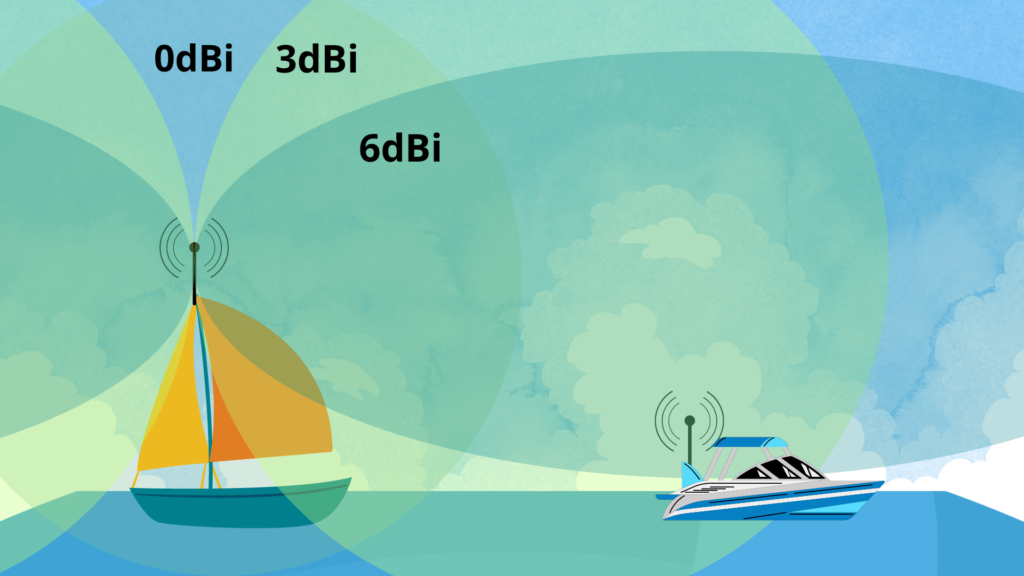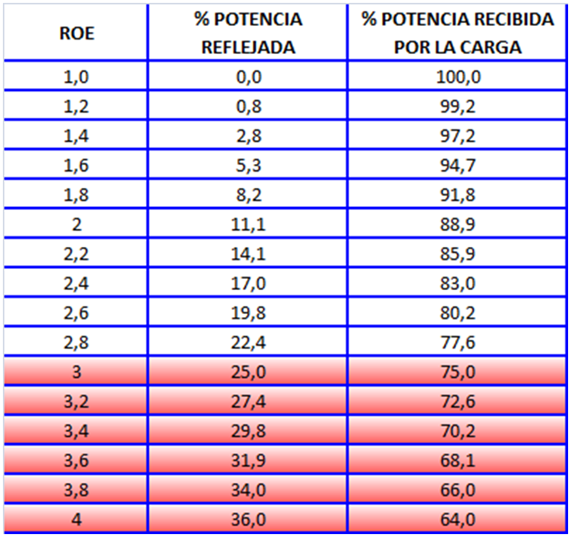Fundamentals of antennas and VHF for dummies
Don’t risk having your VHF equipment fail you when you need it most! In this episode, we show you how to get the most out of your onboard VHF equipment to ensure maximum safety at sea. 🚤⚓
💡 Discover the secrets to a flawless installation and avoid common mistakes that could render your expensive equipment useless. We’ll talk about antennas, splitters, portable transmitters and AIS, showing you simple tricks to test your equipment and make sure everything is working at 100%.
✔️ In addition, we’ll see how to measure the standing wave ratio (SWR) and how it can affect your installation, telling you what counterintuitive concepts you should take into account to avoid falling into costly mistakes that, like me, made me buy useless devices. If you want to navigate with total peace of mind, this video is for you! Learn how to keep your VHF in optimal condition and improve your safety on the water.
A very simple way to measure the health of our VHF equipment installation is to use a Standing Wave Ratio (SWR) meter. This is a very simple process to carry out if we have the right meter:
✅ The power and stationary meter that I have (47€):
🔵 On Amazon: https://amzn.to/3zviLGq
🔵 Connection cable: https://amzn.to/3ziooI1
A very good option, as a backup station, or even if you have a boat that does not require a fixed station is this one:
✅ The portable Baofeng station that I am so happy with (28€):
🔵 On AliExpress https://s.click.aliexpress.com/e/_DDnphHr
With a few connectors we will be able to use it with the main antenna, in case of emergency, or use its antenna, as an emergency antenna for the main station:
✅ Essential connectors to interconnect your equipment (Aliexpress):
🔵 SMA to UHF (A and D are essential, although You can buy the complete set) https://s.click.aliexpress.com/e/_DF0HWWH
The main antenna, if you don’t have space for another one, can be shared with the AIS in many ways, the ideal is separate antennas, and they have to be really separate so that they don’t induce too much signal in each other, but they can also be shared with an AIS splitter (losing about 3dBs of sensitivity) or with an antenna selector (losing only 0.2dBs of sensitivity).
✅ The antenna selector that works well for me (12€):
🔵 On Amazon https://amzn.to/4gw0rh3
✅ The antenna selector that I would buy today (31€):
🔵 On Amazon https://amzn.to/4gC55dA
Some things that appear in the video and that I do not recommend, my own mistakes:
❌ The Matsutec splitter: https://s.click.aliexpress.com/e/_DCUIGJB
❌ Extendable antenna not suitable for marine frequencies: https://s.click.aliexpress.com/e/_DDjyiGZ
❌ Very long folding antenna (Here I have doubts, because in the station I think it works well): https://s.click.aliexpress.com/e/_DmgNkVx
In the video we show you some very representative diagrams of the operation of the stations:
